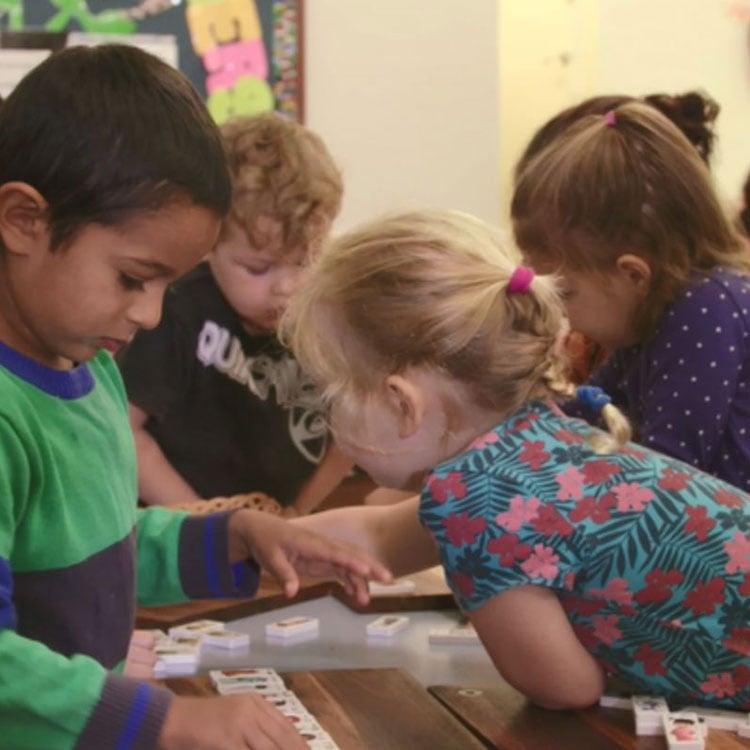Search
Information from the Healthy Pregnancy & Me brochure for pregnant women on BMI and guidelines around healthy weight gain during pregnancy.
Information from the Healthy Pregnancy & Me brochure for pregnant women on exercising safely and healthily during their pregnancy.
Research
Hospitalisation for oral health-related conditions in children with intellectual disability in Western Australia: a population-based cohort studyHelen Leonard MBChB MPH Principal Research Fellow +61 419 956 946 helen.leonard@thekids.org.au Principal Research Fellow Areas of research expertise

The Western Australian Child Development Atlas will use geospatial technology to map data on Western Australian children’s health, learning, development and social characteristics, giving community leaders and service providers the ability to identify the priority issues for their children.

More than 100 leading Australian stakeholders with early childhood expertise were invited to work with CoLab to develop the first Australian EC Declaration.
IDEA (Intellectual Disability Exploring Answers) Database
Research
Improving Wellbeing for Young People Living with Rheumatic Heart Disease: A peer support program through Danila Dilba Health ServiceThis project seeks to conduct a focus group for young people (aged 11-14) and their parents/family members through the Danila Dilba Health Service (DDHS) in Darwin with the aim of identifying consumer needs and perspectives on next steps and priorities for peer support in RHD.
Research
Innovative Playful Learning Approaches to Improve Children’s Readiness for Primary Education in UzbekistanThe Government of Uzbekistan has committed to reforming preschool education, prioritising upskilling teachers to use international best practice.
Research
International CDKL5 Disorder DatabaseHelen Jenny Leonard Downs MBChB MPH BApplSci (physio) MSc PhD Principal Research Fellow Head, Child Disability +61 419 956 946 08 6319 1763
Research
Interventions to eliminate rheumatic heart diseaseFunded by a 5-year NHMRC Investigator grant to implement a strategy to eliminate rheumatic heart disease (RHD) as a public health problem in Australia.
